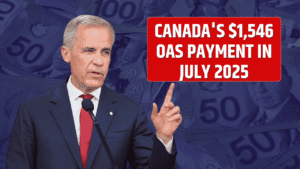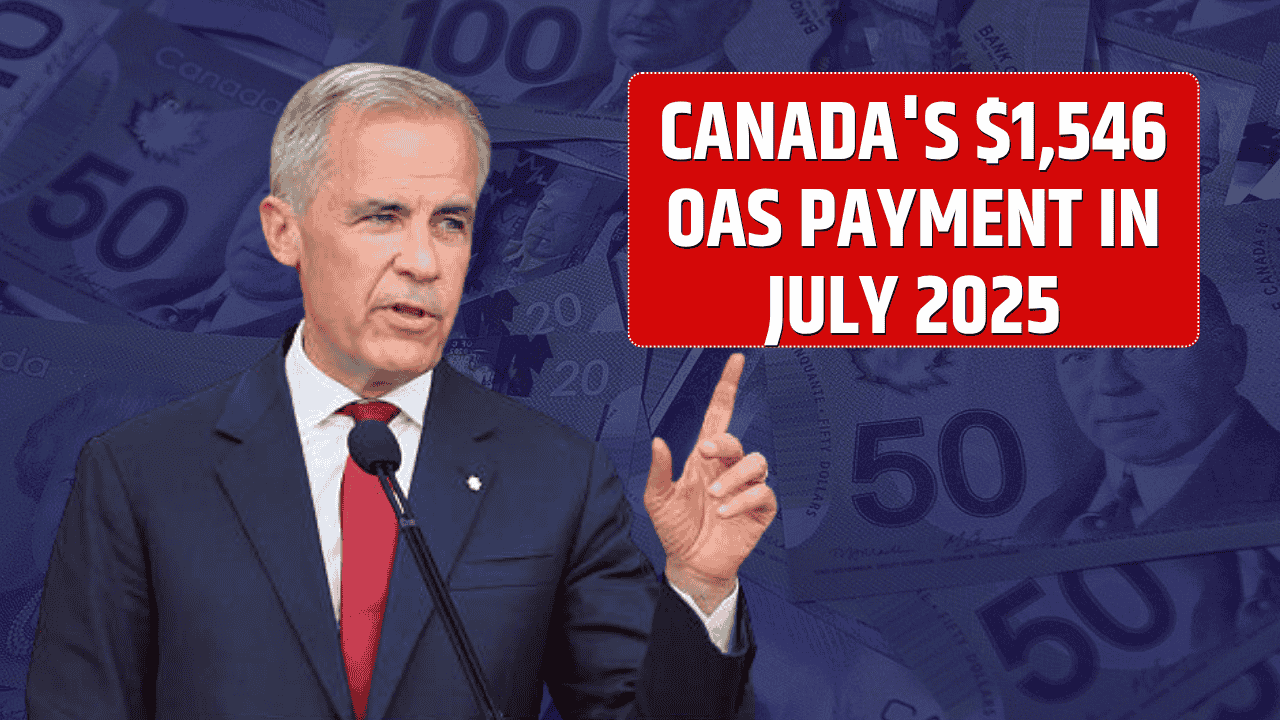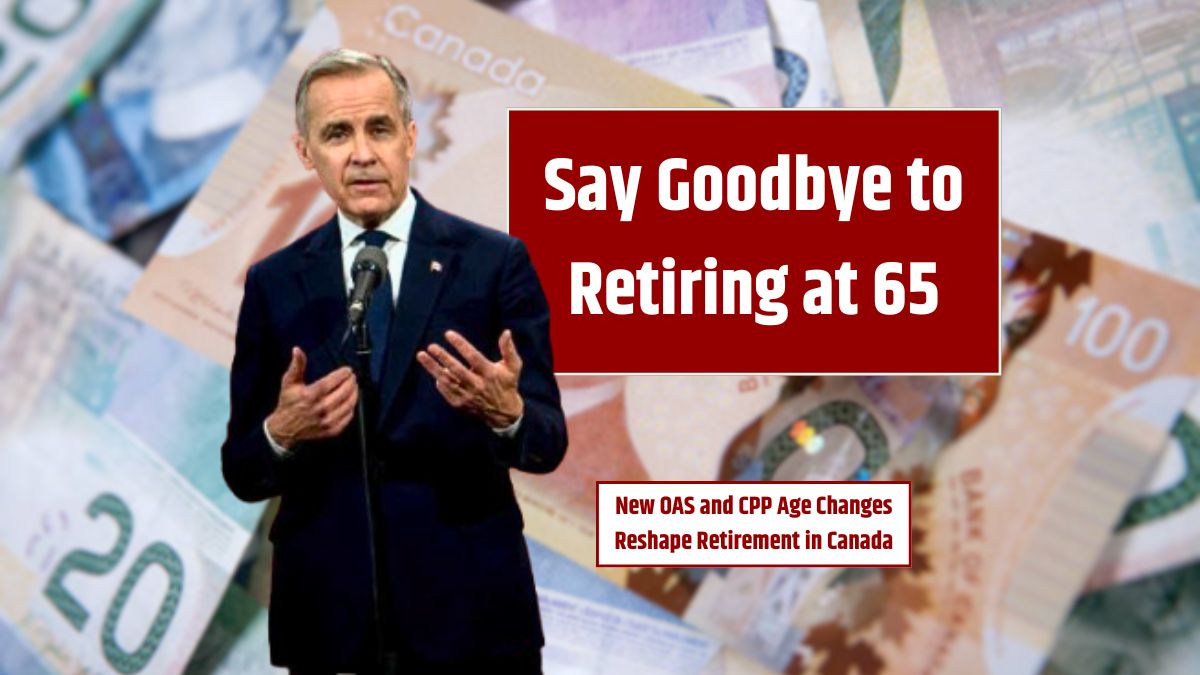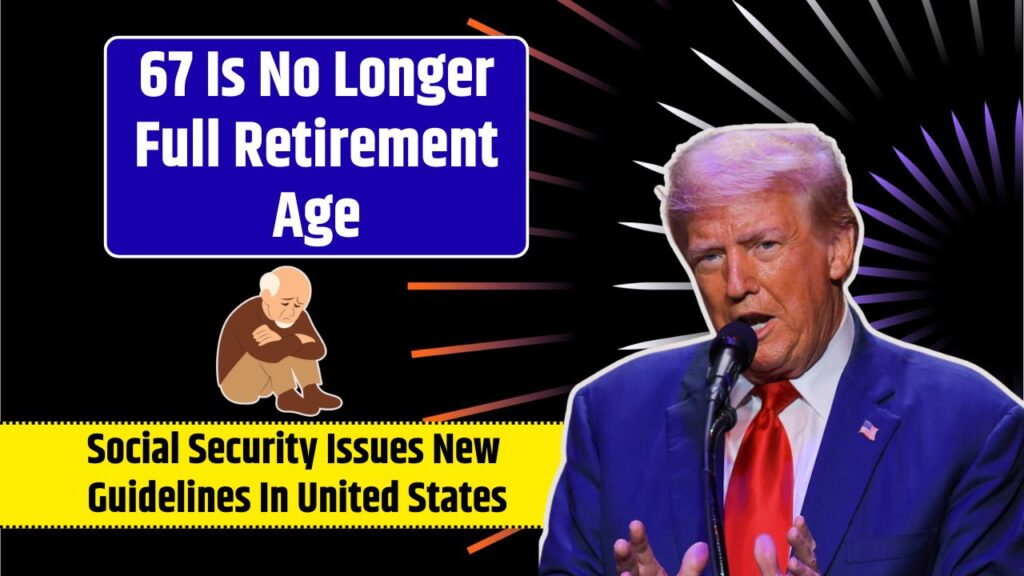The July 2025 Canada Child Benefit (CCB) payments are scheduled to arrive this week, specifically on Friday, July 18. The CCB is a tax-free monthly payment provided to eligible families to help with the cost of raising children under 18. It’s often referred to as the “baby bonus” or “child tax benefit.”
Here’s a clear breakdown of what to expect, how to ensure you receive the payment, and who qualifies.
Table of Contents
When Do July 2025 CCB Payments Arrive?
Payments for July 2025 will be issued on Friday, July 18. If you’re registered for direct deposit with the Canada Revenue Agency (CRA), the funds should appear in your account that day. If you receive your benefit by mail, allow a few extra days for delivery.
Who Is Eligible for the CCB
To qualify for the Canada Child Benefit, you must meet the following conditions:
- Live with the child and be primarily responsible for their care.
- The child must be under 18 years old.
- You must be a resident of Canada for tax purposes.
- You (or your spouse/common-law partner) must file an annual income tax return—even if you had no income.
Note: You cannot receive the CCB for any month a foster child receives the Children’s Special Allowances (CSA). However, you may qualify under kinship or close relationship programs if CSA isn’t paid.
How Much Can You Get?
The amount you receive is based on your adjusted family net income from 2024, and is recalculated every July. The benefit is indexed to inflation and income-tested, meaning higher earners receive less.
Here are the maximum annual and monthly amounts for July 2025–June 2026:
| Child Age | Annual Maximum | Monthly Maximum |
|---|---|---|
| Under 6 | $7,997 | $666.41 |
| 6–17 | $6,748 | $562.33 |
Families with an adjusted net income below $37,487 are eligible for the full benefit.
To estimate your payments, use the CRA’s Child and Family Benefits Calculator.
What Can Affect Your Payments
Your payment could stop if you and/or your spouse/common-law partner fail to file your tax returns on time. Even if you don’t have taxable income, you still need to file annually to stay eligible.
Other factors that may affect your benefit include:
- Changes in marital status
- Number of children in your care
- Change in your family income
How to Apply for the CCB
You can apply in one of three ways:
- At birth registration – Available in most provinces and territories.
- Online via your CRA My Account.
- By mail – Fill out and send Form RC66 to your local tax centre.
Managing Your CCB and Payment
To manage your payments online:
- Sign up for direct deposit through CRA’s My Account or via your financial institution.
- Check payment status or review uncashed cheques older than six months.
- Update your account for changes in banking or personal information.
If you don’t receive your payment by Wednesday, July 23, contact the CRA after five business days have passed.
Other Benefits Coming in July
In addition to the CCB, several other federal and provincial benefits will be issued in July 2025:
- GST/HST Credit
- Advanced Canada Workers Benefit (ACWB)
- Ontario Trillium Benefit (OTB)
- Canada Pension Plan (CPP)
- Old Age Security (OAS)
- Ontario Disability Support Program (ODSP)
- Veteran Disability Pension
- Canada Disability Benefit (for approved applicants by June 30)
Staying up to date with your taxes and CRA information ensures you continue receiving the support you’re entitled to. With the July 2025 CCB payments set to arrive this week, now’s the time to double-check your account status and banking details.
FAQs
When will I receive my July 2025 CCB payment?
Friday, July 18, 2025, if you’re enrolled in direct deposit.
What happens if I don’t file my taxes?
Your CCB payments may stop. The CRA uses your income tax return to calculate your benefit.
Can I apply for CCB after my child is born?
Yes. You can apply online or by mailing Form RC66 if you didn’t apply at birth registration.
What is the maximum monthly payment for a child under 6?
Up to $666.41 per month if your income is below $37,487.
How is the CCB amount determined?
It’s based on your family’s net income, number of children, and their ages.


























